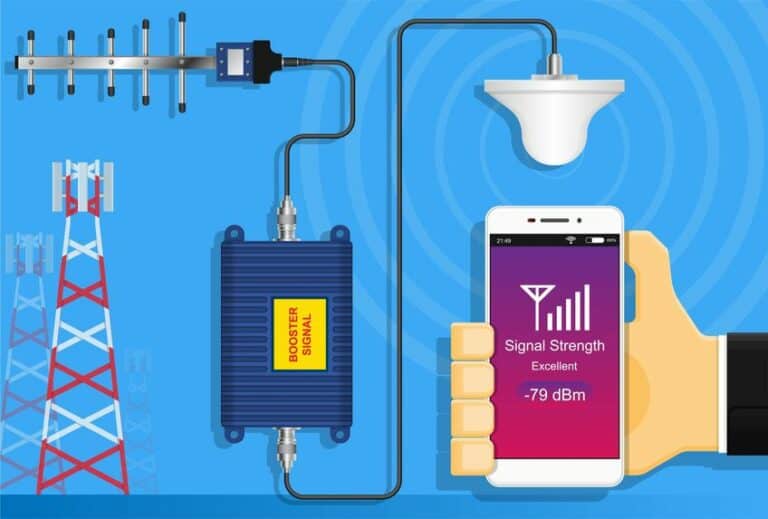The Technology Behind Games Consoles

While modern-day consoles may seem far removed from previous generations, it’s interesting to note that many of the core system components have remained throughout the age.
In fact, there is little difference between eighth generation consoles such as the PlayStation 4 and the Atari 2600, which ushered in the age of video games back in the late 1970s.

In the article below, we’ll look closer at the core components of games consoles and appraise the technology that underpins them.
What are the Core Games Console Components?
When it comes to games consoles, it’s fair to surmise that all makes and iterations will boast a user control interface. RAM is also an omni-present component of games consoles, as this provides the temporary storage of titles and experiences as they’re being played. This is a crucial feature, as without RAM even the fastest CPU would be unable to provide the necessary speed for an interactive gaming experience.
Another universal element is the software kernel, which is known colloquially as the console’s operating system (OS). More specifically, it provides an interface between the various pieces of hardware involved with the console, which in turn enables programmers to write code using common software libraries and tools.
Games consoles also include in-built storage technologies, with older models such as the ZS Spectrum utilising tape decks to load titles. This technology has evolved throughout the ages to include ROM cartridges, CDs and ultimately Blue-ray DVD drives, while Microsoft have sought to break new boundaries by using a HD-DVD drive for the Xbox 360.
What About the Power Supply?
On a final note, it’s interesting to note that all games consoles feature video and audio output, which are integral to the overall gameplay experience.
In terms of the power supply, the majority of consoles utilise AC-DC converters, which transform alternating current (AC) into direct current (DC) to provide a more efficient source of energy. AC-DC converters are also considered to be safer and capable of providing a more sustainable source of power, minimising the risk that your console will die or cut out at an inopportune moment.
As these converters are also external, diverse and readily available, it’s relatively easy to source a new one in the event that your original is lost or damaged. This is important when you consider the cost of eighth generation games consoles, and the fact that some components cannot be so easily repaired or replaced if they cease to work.





